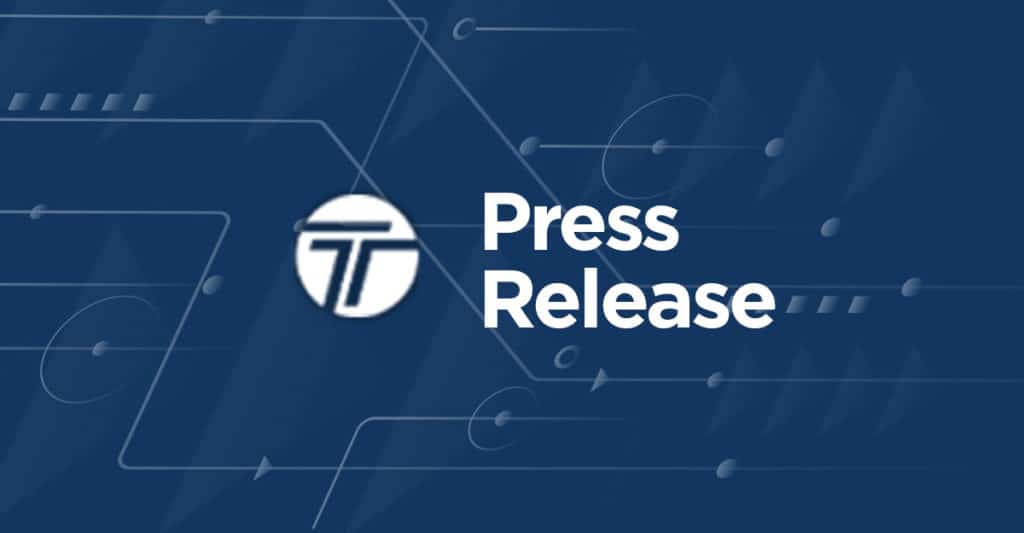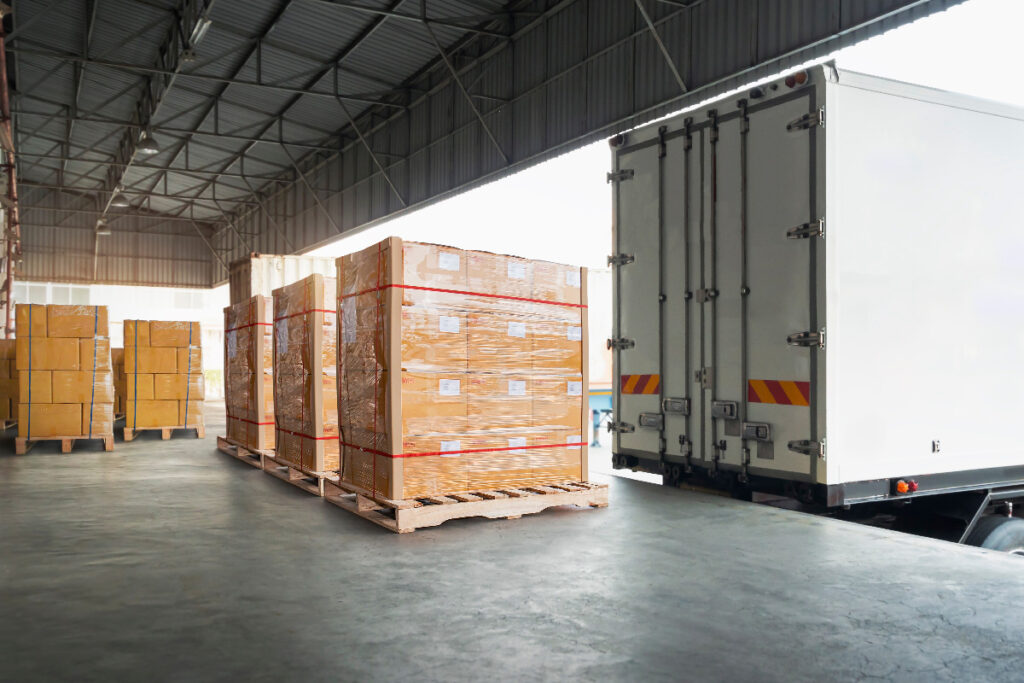
The National Motor Freight Traffic Association (NMFTA) is making significant updates to the National Motor Freight Classification (NMFC)® system, set to roll out later this year. These changes are designed to enhance the shipping experience, streamline operations, and reduce friction between carriers, shippers, and third-party logistics providers (3PLs). But with such impactful updates on the horizon, how can businesses ensure they are ready?
Why the Change?
The “Classification Reimagined” initiative addresses the evolving nature of LTL (Less-Than-Truckload) freight. As products change, technology advances, and the industry develops new methods, the current classification system needs to catch up. The goal is to create a more efficient, user-friendly classification system that reflects today’s freight realities.
As manufacturing continues to evolve, products are becoming lighter with materials like aluminum and carbon fiber replacing traditional dense materials. As a result, many static classifications within the NMFTA no longer accurately reflect the freight moving through today’s LTL networks. To address this, the NMFTA is condensing its classification list and expanding the density scale to better accommodate this wide range of products.
Throughout 2024 and 2025, NMFTA will continue to provide detailed updates to help the LTL shipping community prepare for these changes. These efforts focus on making the classification process smoother, more accurate, and more transparent for all stakeholders.
Key Changes to Expect
The NMFTA is introducing several important updates to improve the classification process:
Density-Based Classification
Freight class will now primarily be determined based on shipment density, reducing the need for recalculations and disputes. This will lead to more consistent classifications and a clearer understanding of freight costs.
Simplified Freight Classifications
The number of NMFC codes is being reduced, making it easier for shippers to identify the correct class. Fewer classifications mean less confusion and fewer errors, streamlining the workflow for carriers, shippers, and 3PLs.
Standardized Handling and Stowability
Most shipments will no longer require additional handling, liability, or stowability considerations unless explicitly necessary. The focus will shift to density for most freight, speeding up the classification process.
Improved Communication
The new system emphasizes clearer communication between all parties involved. By simplifying and standardizing the process, the changes will reduce delays, enhance collaboration, and improve visibility across the supply chain.
When Do These Changes Take Effect?
The approved changes from Docket 2025-1 will officially become effective on Saturday, July 19, 2025. This date marks the start of the updated classification system, so it’s crucial to begin preparing now to ensure a smooth transition.
How the Changes Will Impact You
While these changes will affect the entire freight ecosystem, carriers, shippers, and 3PLs will experience distinct impacts.
For Carriers:
Carriers will benefit from a more standardized process for classifying freight based on density. This reduces complexity and ensures a clearer understanding of freight characteristics. However, they’ll need to collaborate more closely with shippers and 3PLs to gather shipment dimensions and weights for accurate billing.
For Shippers:
Shippers will find it easier to identify NMFC codes and freight classes. The simplified system means that freight with similar characteristics will be grouped together. However, shippers will need to be more diligent in providing accurate shipment dimensions and weights upfront to ensure smooth processing.
For 3PLs:
3PLs will play a key role in educating shippers and facilitating the transition. They’ll need to help their clients understand the new system, including the importance of accurate shipment details such as dimensions and density.
The Impact on Customers
These changes will significantly impact on customers. While approximately 40% of classifications are being adjusted, these updates are expected to affect 70-80% of LTL freight. Historically, reclassification fees, inspection fees, and freight charge corrections have impacted customers. However, with these updates, such costs are likely to increase—potentially leading to unexpected charges for those unprepared.
Accurate shipping details—such as NMFC classifications, weights, and dimensions—will be essential in avoiding unexpected costs. At BlueGrace, we are proactively educating our customers on these changes by conducting thorough reviews of each customer’s freight portfolio and shipping process to ensure compliance on day one.
How to Get Ready
To ensure a smooth transition, here’s what you can do:
- Leverage the NMFC Class Calculator: Our NMFC Class Calculator helps you quickly determine whether a shipment’s NMFC code has changed under the new system. This tool will help you stay ahead, avoid costly mistakes, and ensure that your shipments are correctly classified as the new system takes effect.
- Attend Listening Sessions: Carriers, shippers, and 3PLs should participate in the scheduled webinars to understand the changes and ask questions directly to NMFTA representatives.
- Stay Updated: Subscribe to the NMFTA newsletter or follow their LinkedIn page for the latest news and updates.
- Prepare Your Team: Make sure your team is ready for the new process by educating them on the importance of accurate dimensions and density calculations.
- Use Dimensional Technology: Consider using a dimensionalizer like the Cubiscan S9 to automatically capture freight dimensions and weight. This ensures accurate classification, reduces reclassification fees, and helps avoid delays by keeping your shipping process aligned with the new NMFC standards.
BlueGrace Is Here to Help
At BlueGrace, we’re monitoring the upcoming NMFTA changes closely and ensuring our systems are ready to support the new guidelines. Whether you’re a carrier, shipper, or 3PL, we can help you navigate these changes and ensure your operations run smoothly. Our team of experts is here to assist with the transition, and we can provide guidance on using tools like a dimensionalizer to ensure your freight is always accurately classified. With our resources and expertise, we’ll help you stay ahead of the curve and make the transition as seamless as possible.



